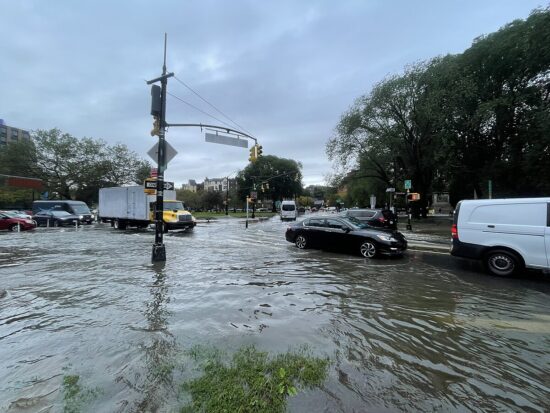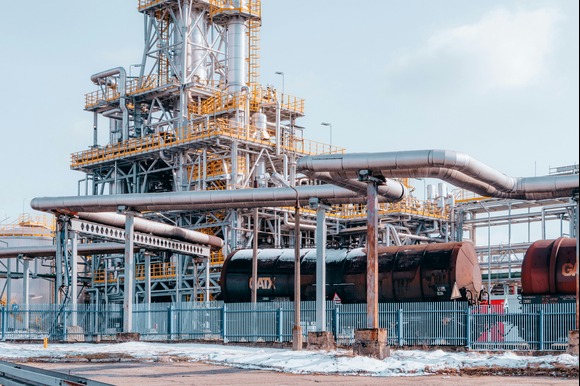
Severe storms swept through New York and New Jersey on Monday night, unleashing torrential rains that caused deadly flash floods, stranded motorists, and prompted the governor of New Jersey to declare a state of emergency. The deluge claimed the lives of two people and left parts of the northeastern U.S. bracing for further extreme weather.
New Jersey Governor Phil Murphy announced on Tuesday that the two fatalities occurred in the city of Plainfield, where floodwaters swept away a car amid intense rainfall. Emergency services were deployed throughout the region to conduct water rescues as rising floodwaters trapped drivers in their vehicles.
In Scotch Plains, New Jersey, dramatic rescue efforts were carried out, including one incident where emergency responders used a rope to pull a man from a submerged car. Several major roads in New Jersey remained closed as of Tuesday morning, and widespread disruptions were reported across transportation networks. Subways in both New York City and New Jersey experienced significant delays, while flight schedules at Newark Liberty International Airport were thrown into disarray due to the storm.
New Jersey experienced over six inches (15 cm) of rainfall in a matter of hours on Monday evening, overwhelming drainage systems and triggering flash floods across urban and suburban areas. The intense weather also impacted air travel, leading to multiple delays and cancellations at regional airports.
In New York City, flash flooding rushed through subway stations, inundating platforms and subway cars. Passengers were seen kneeling on seats to avoid the rising waters inside train cars. The city experienced its second-highest hourly rainfall in over 80 years — two inches of rain fell in just 30 minutes, according to meteorological records.
The National Weather Service (NWS) has issued warnings for continued storms throughout Tuesday, with the potential for more flash flooding not only in the northeast but also across parts of Florida and the Midwest. The service cautioned that while the heaviest rain has begun to shift eastward and is weakening, residents should continue to take flood alerts and road closures seriously.
Further south, Virginia was also affected by the storm system. The cities of Colonial Heights and Petersburg were flagged by the NWS as being at risk of “catastrophic” flood damage due to heavy rainfall and rising waters.
This latest round of severe weather comes just two weeks after deadly flash floods struck south-central Texas, where more than 130 people lost their lives and dozens remain missing. Scientists continue to link the increasing frequency and intensity of such events to climate change, pointing to warmer atmospheric conditions that can hold and release larger volumes of moisture.
As cleanup and recovery efforts begin in the affected regions, officials are urging residents to remain cautious, monitor local weather alerts, and avoid any unnecessary travel in flood-prone areas.




